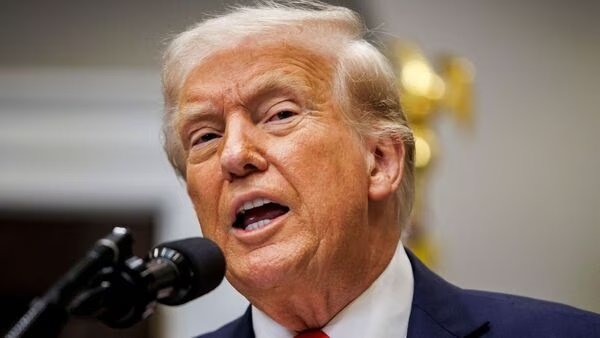Last Updated on August 7, 2025 1:10 pm by BIZNAMA NEWS
The United States has enacted a wide-ranging series of new tariffs, with rates between 10 percent and 50 percent, targeting imports from around 70 countries. These taxes mark the highest U.S. tariff levels since 1934, reaching a level not seen in nearly 90 years. According to Yale University’s nonpartisan Budget Lab, the move will raise the average cost of imported products by 18.3 percent, increasing costs for American consumers.
The move is part of President Donald Trump’s aggressive push to overhaul global trade practices he deems unfair to the U.S. Key American allies, including the EU, Japan, and South Korea, will face a base tariff of 15 percent, while some Brazilian goods will be hit with duties as high as 50 percent. Trump also announced plans to impose a 100 percent tariff on imported semiconductors, a move expected to drive up electronics costs, though exemptions will apply to chips manufactured within the U.S. Mr. Trump also said the US could levy additional tariffs on China over its purchase of Russian oil. Last week, US Treasury Secretary Scott Bessent said China could also face new tariffs if it continued buying Russian oil.

